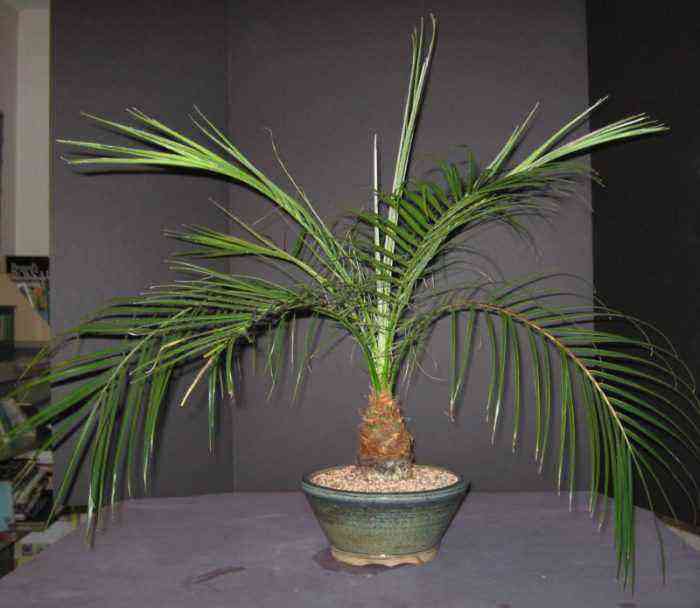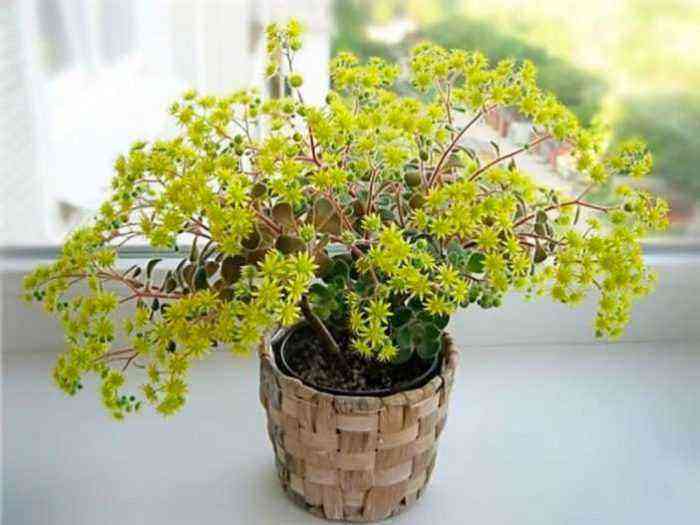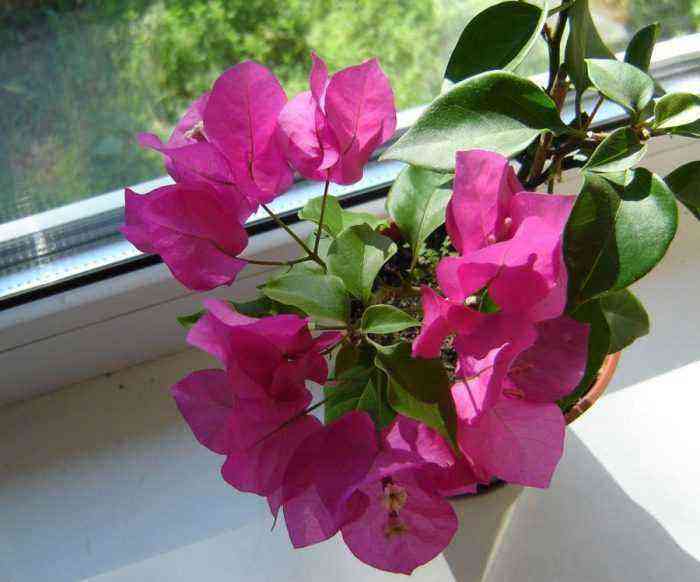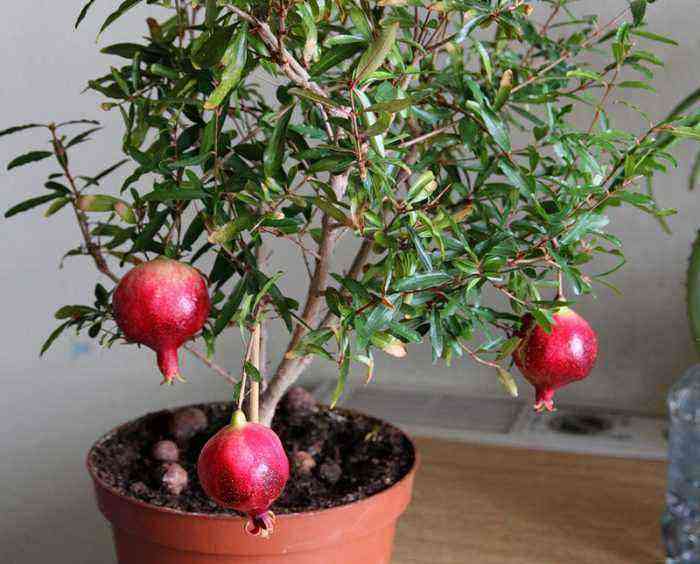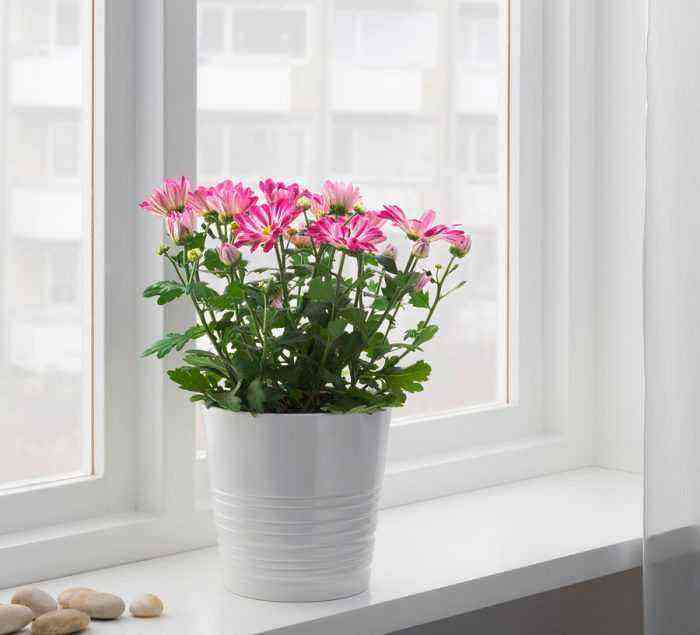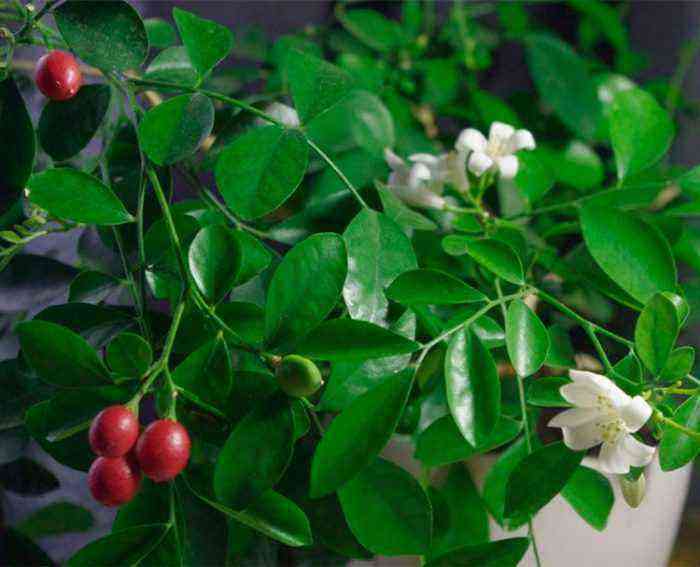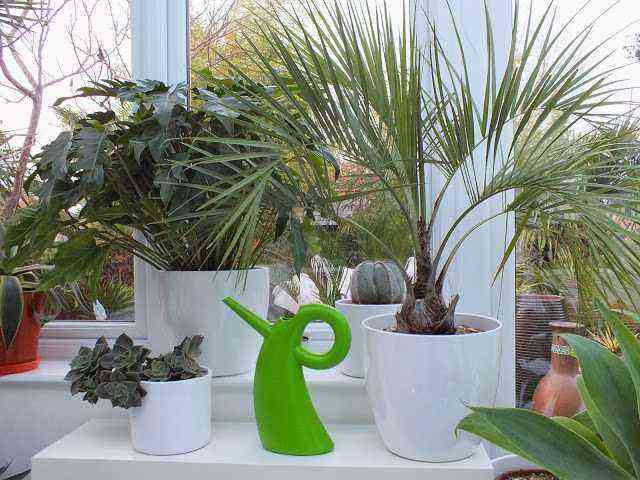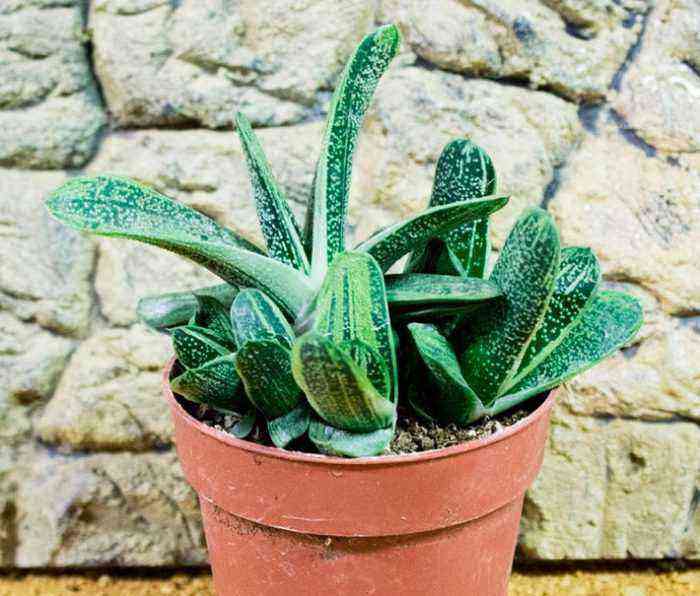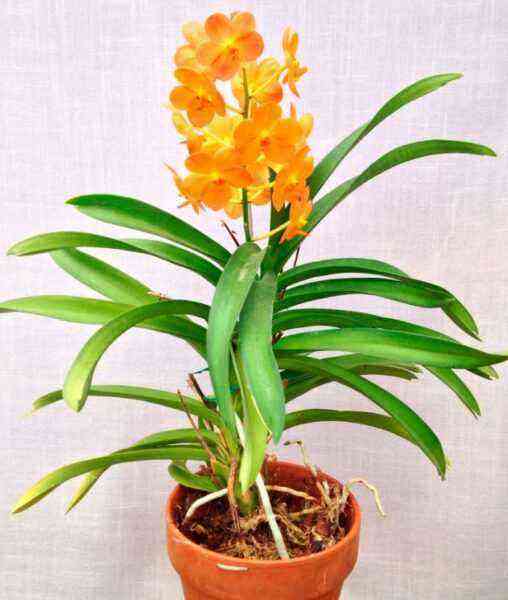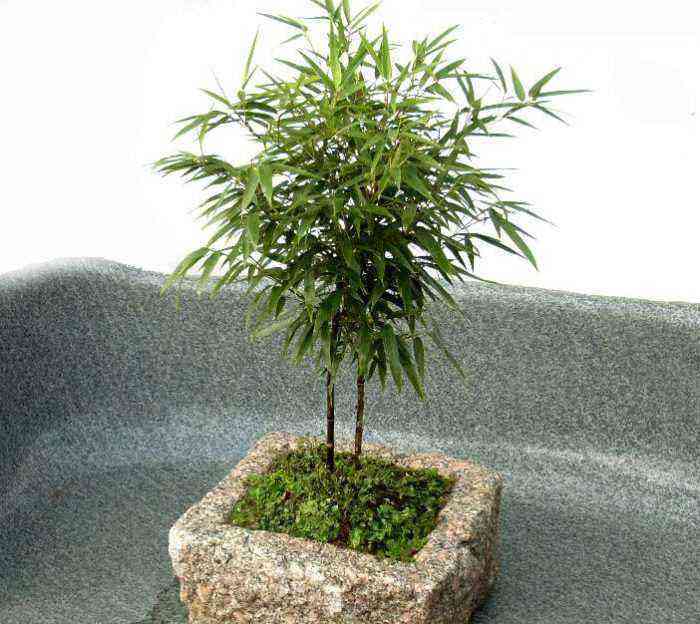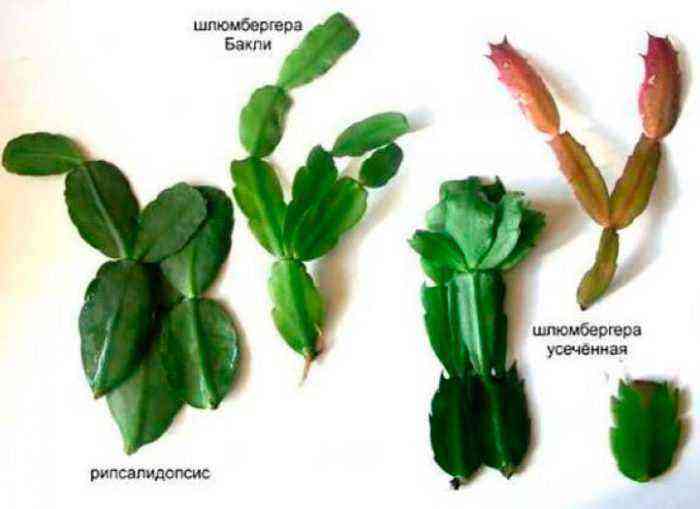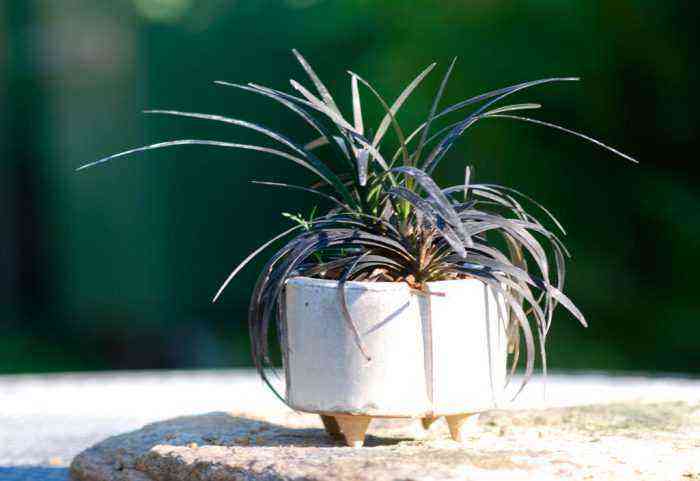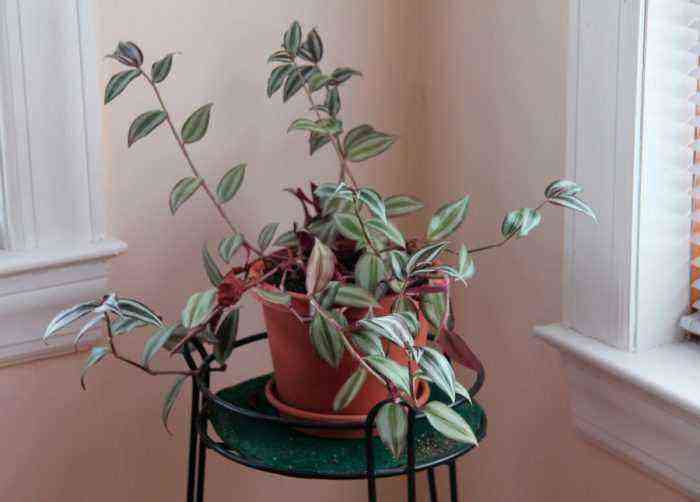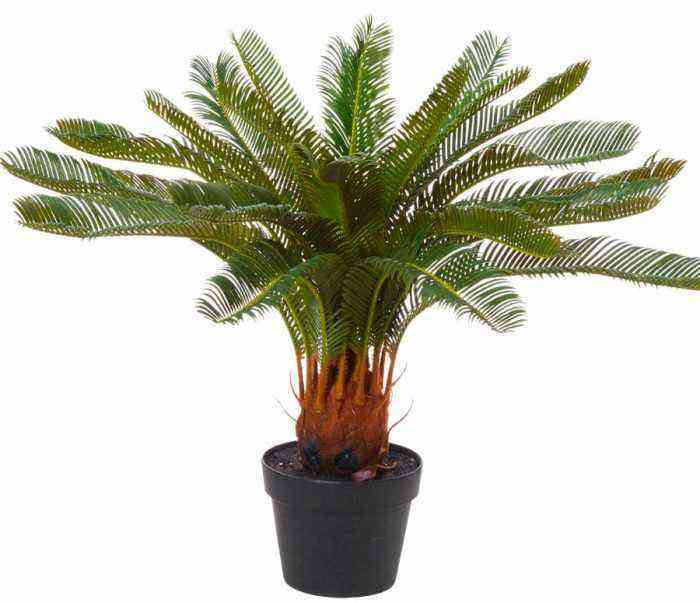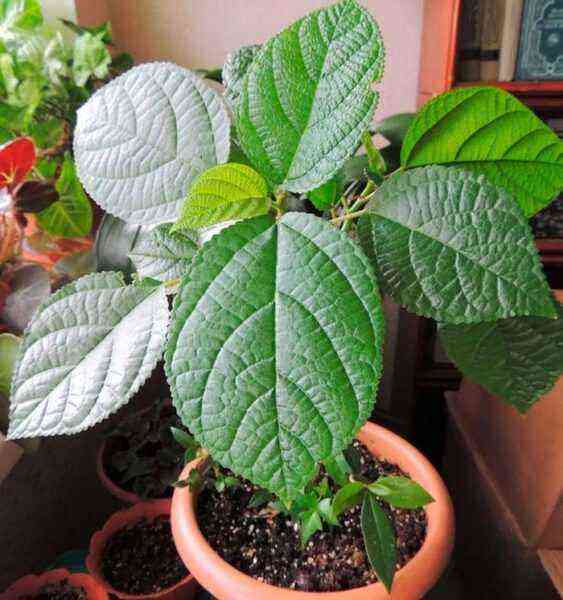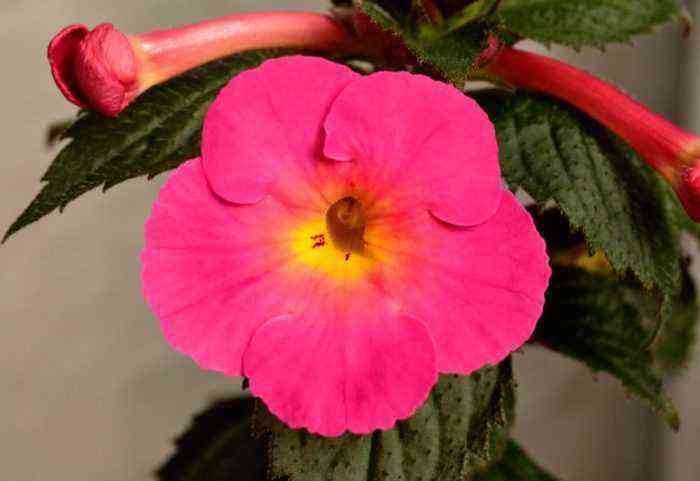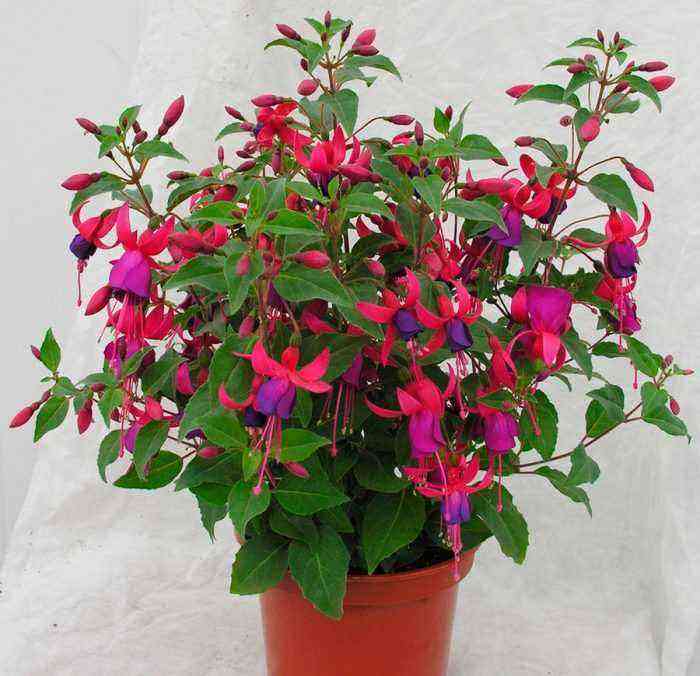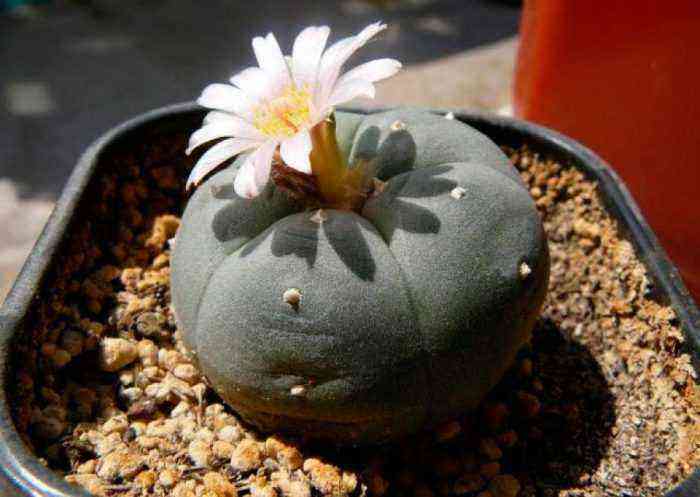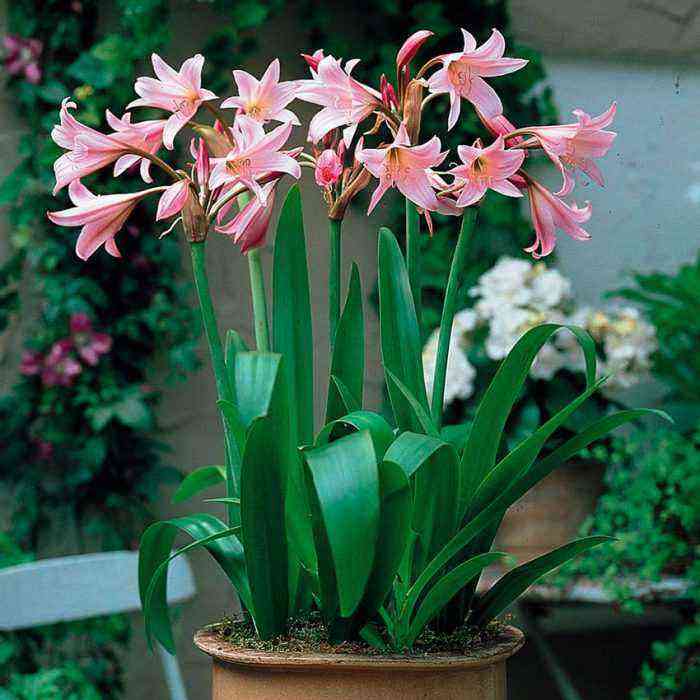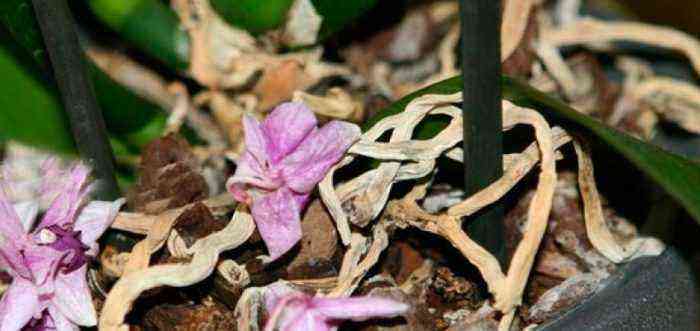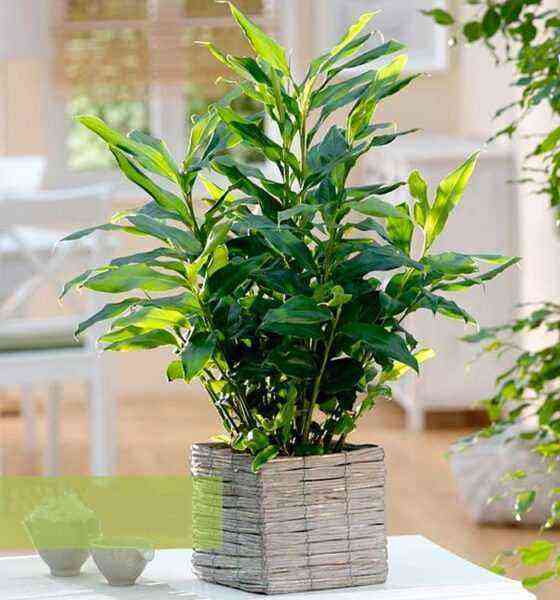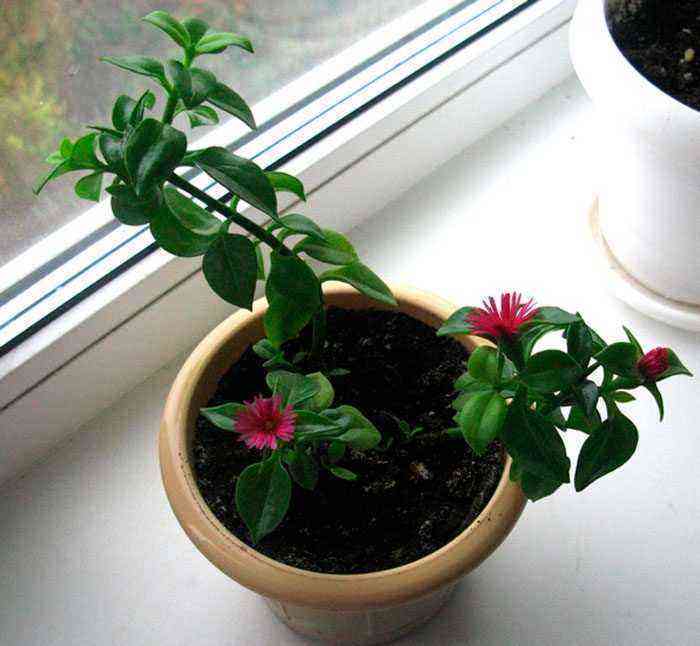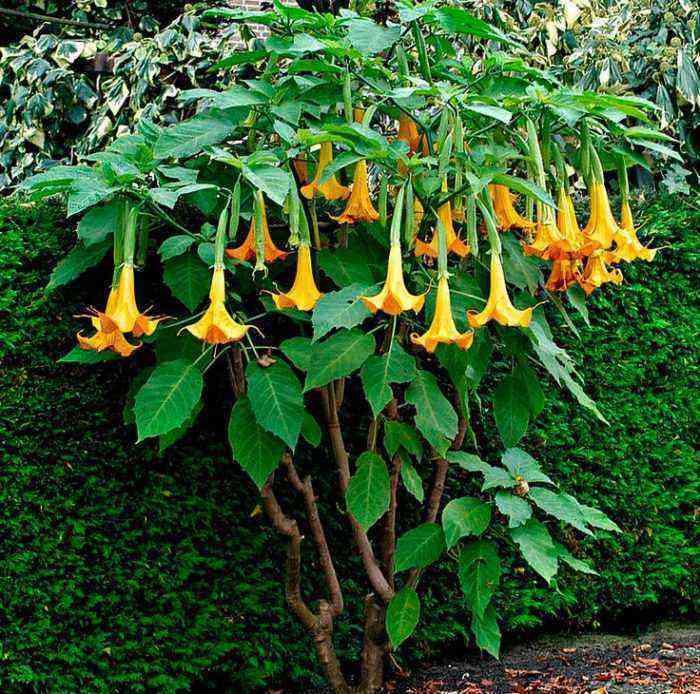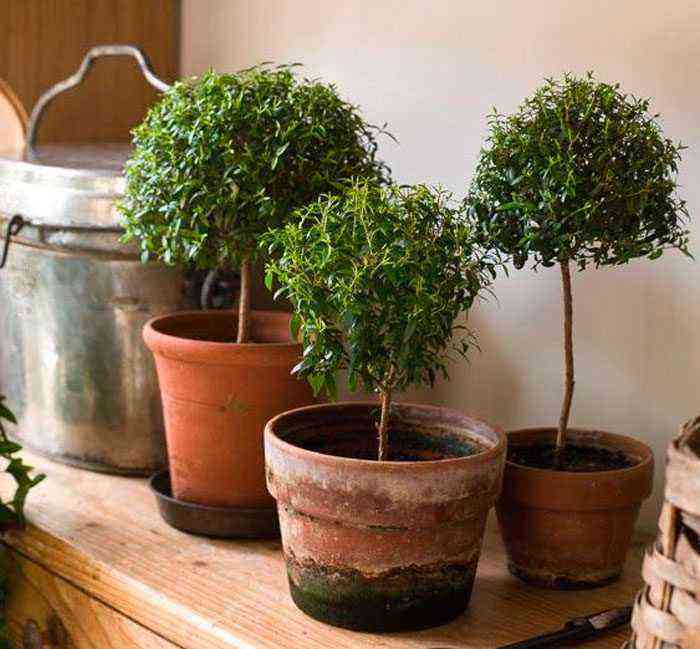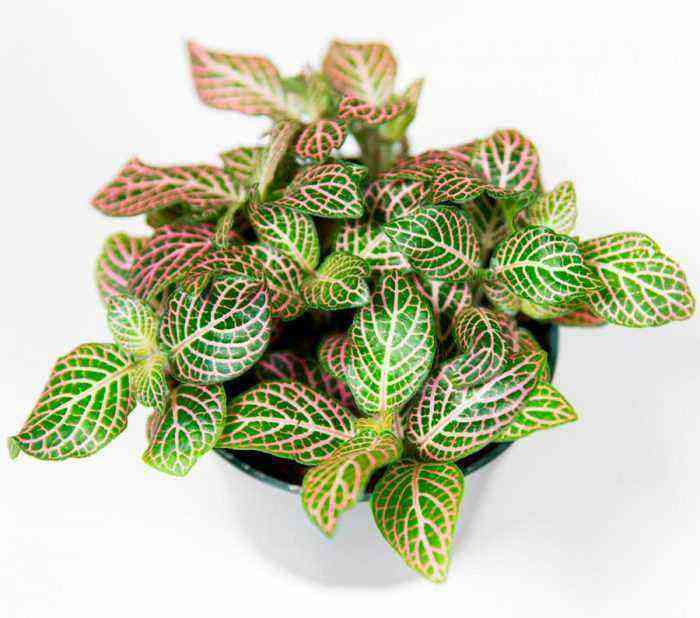Phoenix palm the date palm is called in another way. This plant is directly related to the genus of palm trees. This genus unites more than 15 species of palm trees. In nature, these plants are found in subtropical and tropical regions of Africa and Asia.
Such a plant is dioecious, and its trunk reaches a height of 12 to 30 meters. Its feathery leaves are quite large and can be up to 45 centimeters long. The inhabitants of Africa use them for weaving, and sometimes as a roofing material. Paniculate inflorescences grow from the leaf sinuses. The fruits are oblong in shape and reach 6 centimeters in length. Inside the fruit is a fairly hard seed with a longitudinal stripe, which is surrounded by sweet nutritious pulp.
The first fruits appear on the palm at the age of 10-15. And it can bear fruit for 100-200 years. For 12 months, such a plant gives up to 100 kilograms. In some areas of West Asia and North Africa, dates are one of the staple foods. Dried and dried fruits are exported to many countries around the world. There are many types of such palms that are grown as an ornamental plant.
The most common species is Phoenix dactylifera. These date palms have long been cultivated in North Africa. At the top of its straight trunk is the crown, which consists of greenish-gray foliage with spectacularly curved tips. The feathers of the leaves are linear-lanceolate and in the upper part they are divided into 2 parts.
Phoenix palm care at home
Illumination
He loves light very much, but at the same time the phoenix palm tree feels good in the shade. To enhance the growth of this plant, it is recommended to systematically turn the tree with one or the other side to the light source.
Temperature conditions
This plant is very fond of warmth. Throughout the year, the palm must be kept warm (20 to 25 degrees).
How to water
From the beginning of the spring period to almost the end of the autumn watering should be rare, but abundant. The foliage should be systematically moistened from a sprayer with lukewarm water or wiped with a damp sponge. In winter, watering should be quite scanty, but overdrying the earthen coma is unacceptable.
Humidity
The palm tree does not need high humidity.
Transplant Features
The frequency of replanting depends on the age of the palm and the size of its pot. Young plants are transplanted annually, while a fairly spacious container is used for planting. Adult plants are transplanted 1 time in 2 or 3 years, and large specimens – about 1 time in 6 years.
Earth mixture
To prepare a suitable soil mixture, it is necessary to combine humus and leafy soil, sand and turf in a ratio of 2: 2: 1: 2. As the palm grows, you need to increase the proportion of turf. So, for plants up to 15 years old, it is necessary to increase the proportion of sod to 3 parts, and older than this age – up to 5 parts.
Methods of reproduction
You can propagate such a palm tree by seeds. Sowing is carried out in a lukewarm mixture consisting of sand, peat and sphagnum moss.
Possible difficulties
Due to violations of the rules of care, the phoenix palm tree can get sick. The tops of the leaves begin to dry out. To prevent this, it is necessary to cut the foliage so that a thin dried strip remains above its living tissue. A completely dried sheet is removed only when the one that is next to it begins to dry out.
